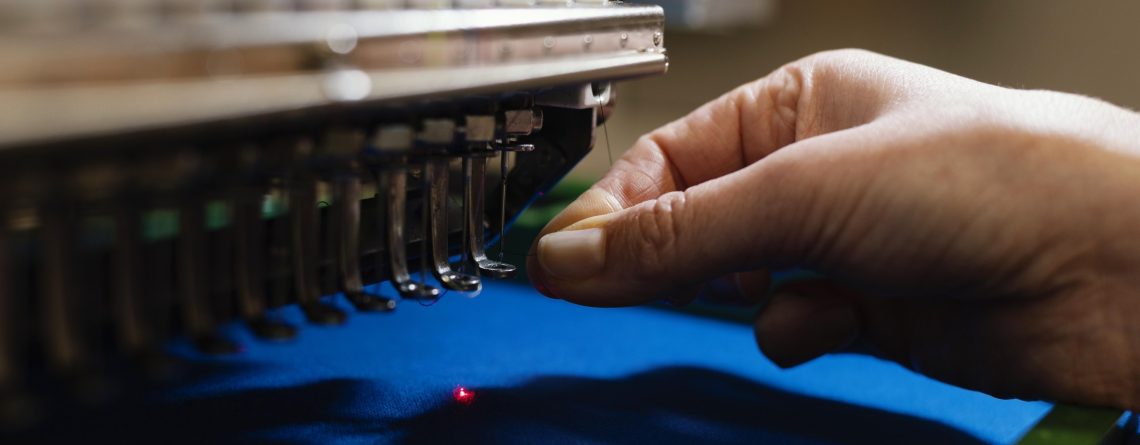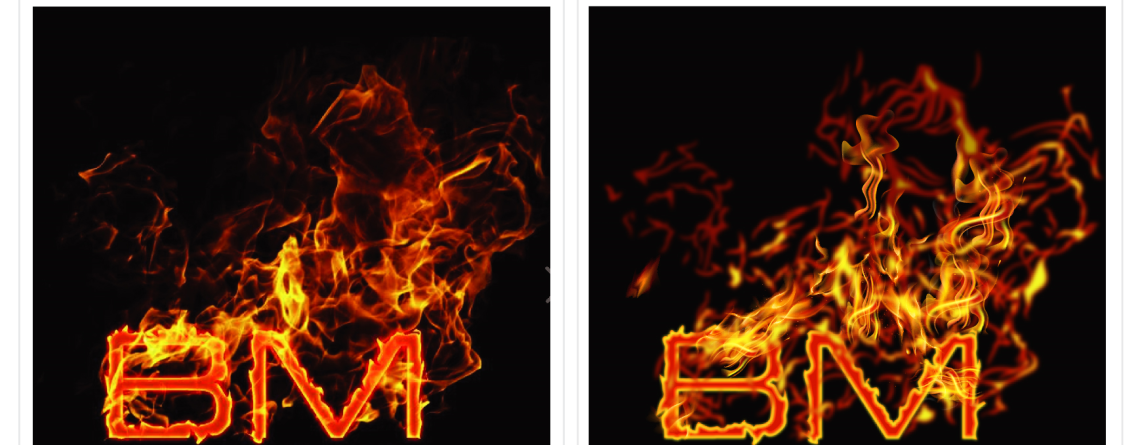The Seamless Artistry of Computerized Embroidery: Crafting with Precision and Innovation
Embroidery, an age-old art form that has adorned fabrics with intricate patterns and designs for centuries, has undergone a transformative evolution with the advent of technology. In the realm of contemporary craftsmanship, computerized embroidery has emerged as a game-changer, blending traditional artistry with the precision and efficiency of computer technology. This blog explores the fascinating world of computerized embroidery, delving into its origins, the technology behind it, and its myriad applications in the modern era.
The Genesis of Computerized Embroidery:
The roots of computerized embroidery trace back to the mid-20th century when computers were just beginning to permeate various industries. The integration of computer technology with embroidery machines marked a revolutionary shift from manual to automated processes. This convergence paved the way for increased efficiency, precision, and the ability to replicate complex designs with ease.
Technology Behind Computerized Embroidery:
At the heart of computerized embroidery lies specialized software and sophisticated machines that work in tandem to create intricately embroidered designs. Digitized embroidery files, often in formats like DST or PES, serve as blueprints for the machines. Designers use computer-aided design (CAD) software to create or convert designs into these digital formats, specifying details like stitch types, colors, and patterns.
Embroidery machines, equipped with multiple needles and advanced control systems, interpret the digital instructions and meticulously stitch the design onto the fabric. The precision of these machines allows for the creation of intricate patterns, textures, and even three-dimensional effects, all while maintaining a level of consistency that is challenging to achieve manually.
Advantages of Computerized Embroidery:
- Precision and Consistency: Computerized embroidery eliminates the variability associated with manual embroidery. The precision of digital instructions ensures that each stitch is placed exactly where it should be, resulting in consistent and flawless designs.
- Efficiency and Speed: Unlike manual embroidery, which can be time-consuming, computerized embroidery significantly accelerates the production process. Machines can embroider intricate designs swiftly and with a level of detail that might be impractical or impossible to achieve manually.
- Complexity and Customization: Computerized embroidery allows for the creation of highly complex designs with numerous colors and stitches. This complexity, coupled with the ability to easily customize designs, opens up a world of creative possibilities for designers and consumers alike.
- Reduced Human Error: Automated processes in computerized embroidery reduce the likelihood of human error. This ensures a higher level of accuracy in the final product, meeting the exact specifications of the digital design.
Applications of Computerized Embroidery:
The versatility of computerized embroidery extends its applications across various industries. From fashion and textiles to promotional products and personalized gifts, the possibilities are vast. Customized embroidered logos on corporate apparel, intricate designs on haute couture garments, and personalized embroidery on accessories are just a few examples of how computerized embroidery has become integral to contemporary design and branding.
Conclusion:
Computerized embroidery stands as a testament to the seamless integration of tradition and technology. It has not only preserved the artistry of embroidery but has also elevated it to new heights of precision, efficiency, and creative expression. As we continue to witness advancements in software and machine capabilities, the future of computerized embroidery holds the promise of even more intricate designs, faster production times, and a continued fusion of craftsmanship and innovation. In the hands of skilled designers and cutting-edge technology, computerized embroidery is shaping a future where every stitch tells a story of artistry and precision.


